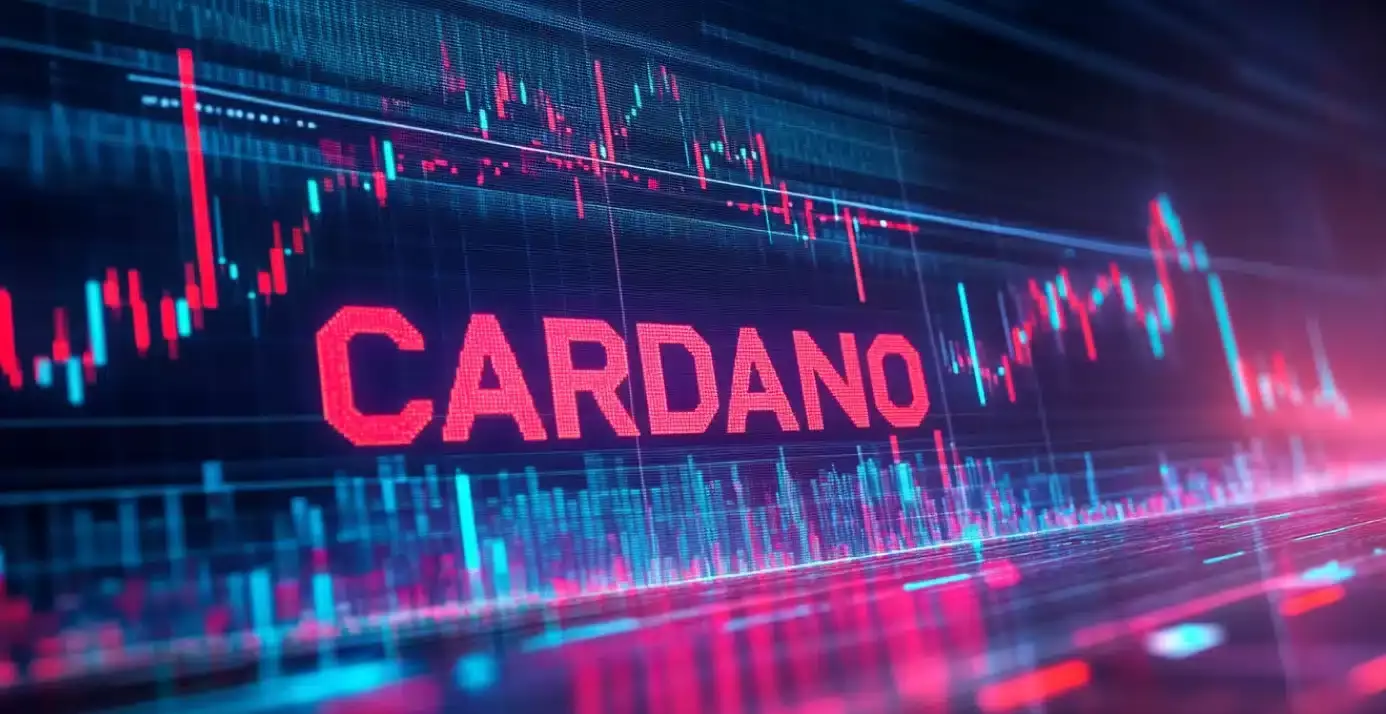The cryptocurrency market is experiencing a significant downturn, and Cardano (ADA) has been particularly affected. Peaking at values of over $1 in December, Cardano’s price fell sharply to approximately $0.70 over the recent days, marking a staggering loss of more than 47%. This trend is reflective of overall market volatility, with several alternative cryptocurrencies like Polkadot (DOT) and Chainlink (LINK) also experiencing similar plunges. Polkadot has dropped significantly to $4.75, indicating a decline of over 60% from its last peak, while Chainlink has seen a decrease of 40%. Such pervasive downturns signal a broader discomfort among investors, as fears mount around the cryptocurrency sector.
A contributing factor to Cardano’s steep decline is the heightened sense of fear within the investment community. The crypto fear and greed index, a tool designed to measure investor sentiment, has dived into the fear zone, currently sitting at a low of 35. This not only indicates a lack of confidence among traders but also reflects a broader reluctance to engage in new investment opportunities in the crypto landscape. As uncertainty looms, many investors have opted to remain cautious and on the sidelines, further compounding Cardano’s challenges.
In addition to market fears, Cardano’s own ecosystem is showing signs of weakness. Data from DeFi Llama illustrates that the total value locked in Cardano’s decentralized finance (DeFi) ecosystem has plummeted to $350 million. This places it behind emerging platforms like Mantle and Cronos, which suggest a diminishing role in the DeFi space. Moreover, with a market cap drastically below its competitors in the stablecoin sector—reported at approximately $22.48 million—Cardano’s influence has dwindled. This stark limitation in both scaling and functionality is a pressing issue for the coin’s future viability.
When assessing Cardano’s overall health, it is critical to analyze its revenue generation and user activity. Shocking figures reveal that its ecosystem-generated revenue stands at a meager $1,236—an astonishingly low amount for a cryptocurrency network valued around $30 billion. Additionally, with only 25,460 active addresses, it becomes evident that user engagement is struggling. Declining user activity and revenue create a challenging environment that raises substantial concerns regarding Cardano’s long-term sustainability.
From a technical analysis perspective, Cardano’s recent price movements are particularly alarming. The ADA token has failed to maintain key support levels, including the pivotal 50% Fibonacci retracement point at $0.80 and the 200-day moving average at $0.7230. The breach of these significant technical indicators is often viewed as a severe warning signal. As Cardano now hovers near its most recent low of $0.5597, the prospect of further declines looms. Any rebound above the resistance level of $0.7610 may pave the way for a potential reversal, but until such a movement occurs, market sentiment and technical indicators suggest an ongoing bearish trajectory.
Cardano faces substantial headwinds—from widespread market sell-offs and fear-driven sentiment to internal ecosystem weaknesses. Addressing these challenges will be crucial if Cardano aims to regain its footing in a rapidly evolving and unpredictable marketplace.

